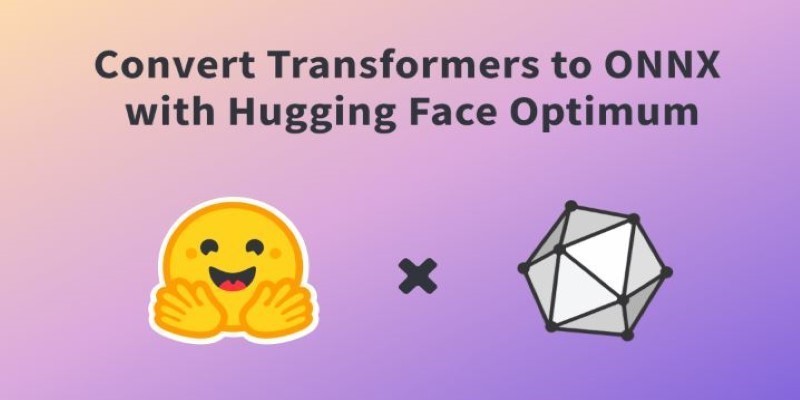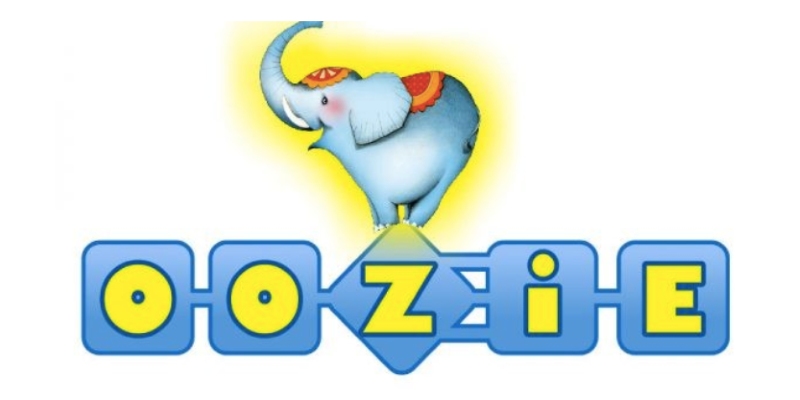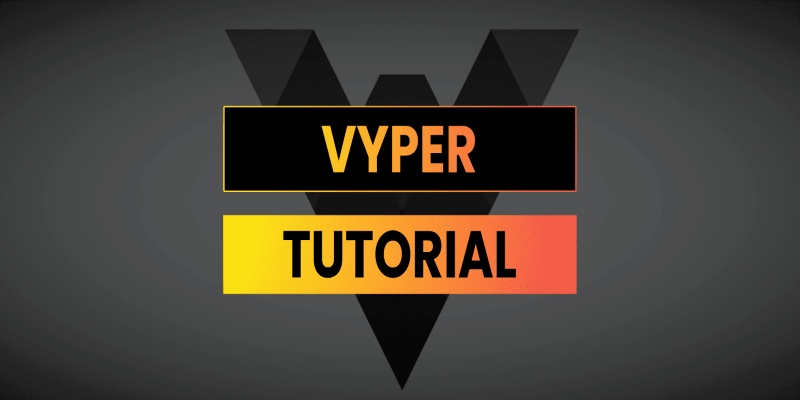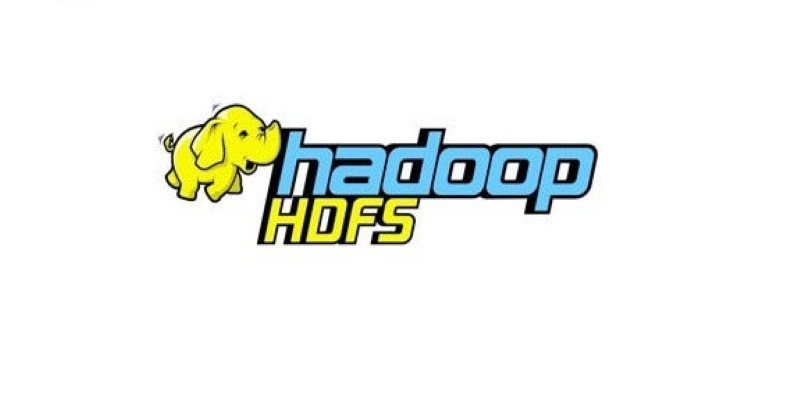Advertisement
Education keeps changing with the tools it uses, and artificial intelligence is one of the latest to make a real difference. Hugging Face, once known for chatbots, has quietly become a go-to name in AI. It made machine learning more approachable by creating open-source tools that are easy to use. In the classroom, Hugging Face opens the door for students and teachers to explore natural language processing and other machine-learning tasks without needing expert knowledge. It helps turn AI into something you can actually experiment with—even if you're just starting.
Hugging Face is best known for its Transformers library—a collection of pre-trained models built for natural language tasks like translation, summarization, and text classification. These models are trained on large datasets and are ready to use with minimal setup.
For education, this means students can use advanced models without having to start from scratch. They can experiment, see real-time results, and learn how machines process human language. It helps remove technical obstacles that usually limit AI education to specialists.
Teachers can bring these models into lessons to make topics more hands-on. Instead of talking in theory, they can walk students through live examples. A psychology class could use sentiment analysis, while a history course might examine how language changes over time. Hugging Face helps tie AI to real subjects in meaningful ways.
A big part of Hugging Face’s appeal is its open-access model. Its tools and models are free and backed by strong documentation. This is ideal for schools and educators who want resources that are easy to use and don’t come with license fees or installation headaches.

The Model Hub is one of Hugging Face’s most useful offerings. It’s a searchable collection of thousands of models shared by researchers and developers. Each model has tags and explanations, so even newcomers can understand what it does and how to use it. If students are working on a project involving literature, social science, or coding, there’s a model likely suited to their needs.
Then there are Hugging Face Spaces—mini web apps built using those models. These are especially helpful for students who aren’t ready to code. They can enter a sentence, click a button, and see a translation or sentiment result instantly. It gives a more intuitive feel for how AI works and how it responds to different kinds of input.
For those who are comfortable with programming, Hugging Face works well with Google Colab notebooks. These are interactive documents that allow you to write and run Python code directly in the browser. Teachers can share notebooks with instructions and example code, allowing students to learn by tweaking and running live models.
AI feels more relevant to students when it solves problems they care about. Hugging Face allows classrooms to bring that relevance directly into lessons. For example, students studying journalism can use summarization models to distil long articles into headlines and then analyze how well the machine captures the story. Language students can use translation tools to practice with real-world content, comparing human and machine translations.
In social science courses, students can use text classification to examine political speeches or social media trends. They can look at how language reflects public opinion, how it shifts over time, and whether machines pick up on bias. These kinds of projects not only teach technical skills but encourage critical thinking. Students ask questions like: Why did the model make this prediction? What assumptions is it making? Is it fair?
Hugging Face even supports custom training, so more advanced classes can create their models. For example, a class could fine-tune a language model on local history documents, helping uncover patterns or common themes. This blends historical research with modern technology, giving students a new lens on familiar material.
Collaborative projects are another area where Hugging Face shines. Since models, datasets, and spaces are all shareable, students can work in teams, build on each other’s work, and present findings to the class. The community around Hugging Face is active and welcoming, which helps students feel part of a broader movement. If they hit a wall, chances are someone else has faced the same challenge and shared a solution.
Interest in AI education is growing, and Hugging Face is becoming part of that shift. More institutions are starting to add AI topics across various departments, not just in computer science. The idea is that AI literacy—knowing how it works and where it’s used—should be part of general education. Hugging Face helps make that possible.

The platform has started building partnerships with schools and learning platforms. Some universities already use it in official courses, while others host workshops or coding clubs. As more students graduate with hands-on experience using Hugging Face tools, the educational value of the platform will only grow.
We may also see more direct integrations in classroom systems, tools that help with assignments, or custom learning models trained on school content. But the most meaningful use will likely come from students who take the tools and do something new with them—whether that’s building a small app or starting a project that ties into their major.
Hugging Face helps make AI education feel more like a conversation than a lecture. It’s not just about teaching technology but letting students and teachers explore it in a real, practical way. By removing many of the technical and financial barriers, it opens up machine learning to a wider group of people. It gives classrooms a chance to experiment, ask questions, and build useful skills. As more schools and educators realize how approachable these tools are, Hugging Face is likely to become a standard part of learning—just like the textbook or calculator once did.
Advertisement

How to convert transformers to ONNX with Hugging Face Optimum to speed up inference, reduce memory usage, and make your models easier to deploy across platforms

Curious about how to start your first machine learning project? This beginner-friendly guide walks you through choosing a topic, preparing data, selecting a model, and testing your results in plain language

How do we keep digital research accessible and citable over time? Learn how assigning DOIs to datasets and models supports transparency, reproducibility, and proper credit in modern research

Learn how Apache Oozie coordinates Hadoop jobs with XML workflows, time-based triggers, and clean orchestration. Ideal for production-ready data pipelines and complex ETL chains

Thinking of moving to the cloud? Discover seven clear reasons why businesses are choosing Google Cloud Platform—from seamless scaling and strong security to smarter collaboration and cost control

Curious why developers are switching from Solidity to Vyper? Learn how Vyper simplifies smart contract development by focusing on safety, predictability, and auditability—plus how to set it up locally

How a course launch community event can boost engagement, create meaningful interaction, and shape a stronger learning experience before the course even starts

How Q-learning works in real environments, from action selection to convergence. Understand the key elements that shape Q-learning and its role in reinforcement learning tasks

Learn how to build scalable systems using Apache Airflow—from setting up environments and writing DAGs to adding alerts, monitoring pipelines, and avoiding reliability pitfalls

Explore how data quality impacts machine learning outcomes. Learn to assess accuracy, consistency, completeness, and timeliness—and why clean data leads to better, more stable models

Curious what’s really shaping AI and tech today? See how DataHour captures real tools, honest lessons, and practical insights from the frontlines of modern data work—fast, clear, and worth your time

How does HDFS handle terabytes of data without breaking a sweat? Learn how this powerful distributed file system stores, retrieves, and safeguards your data across multiple machines